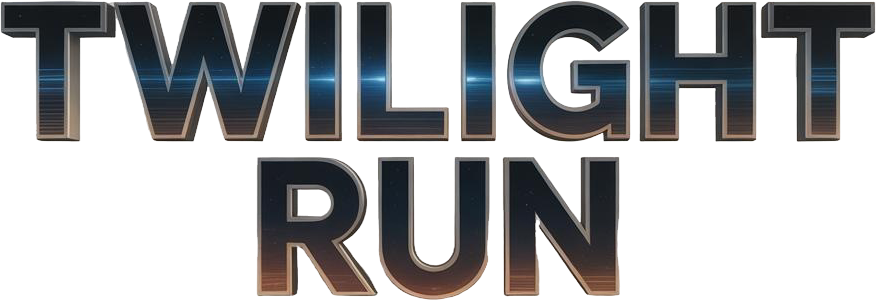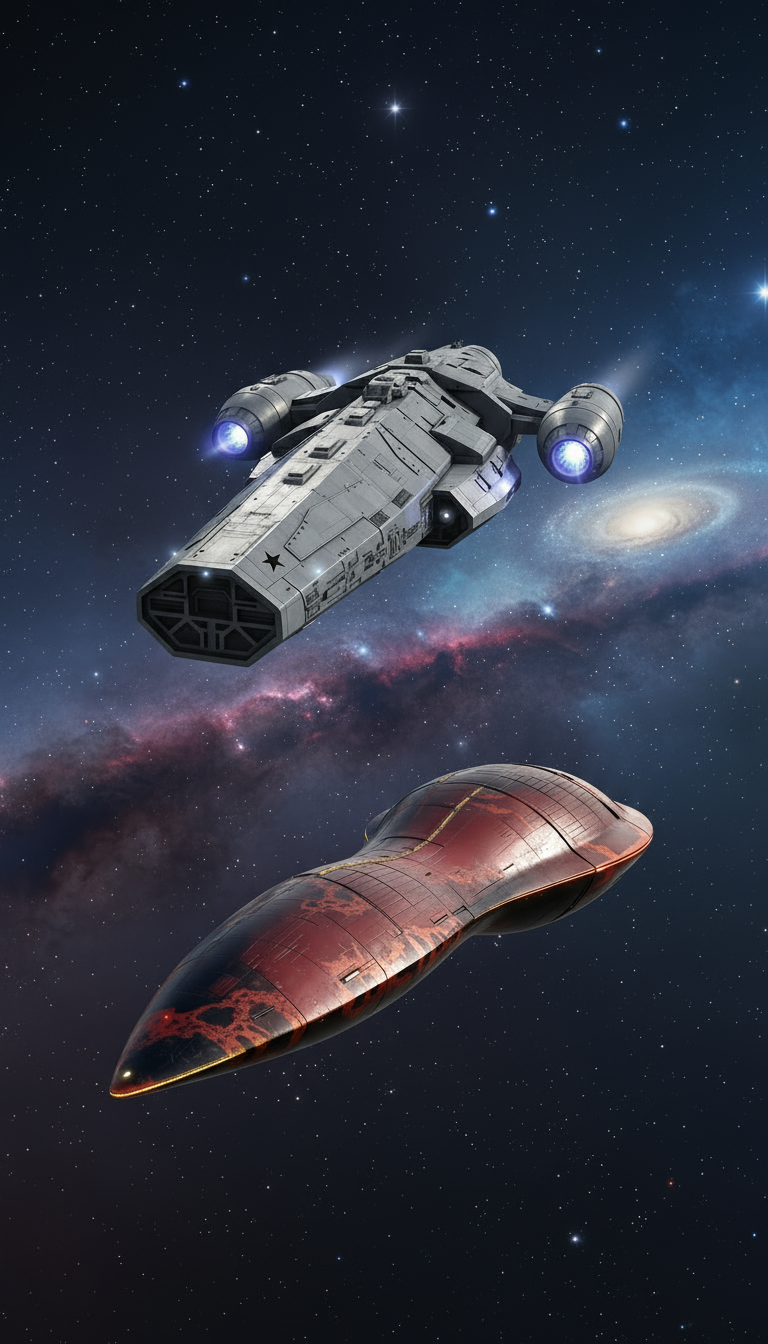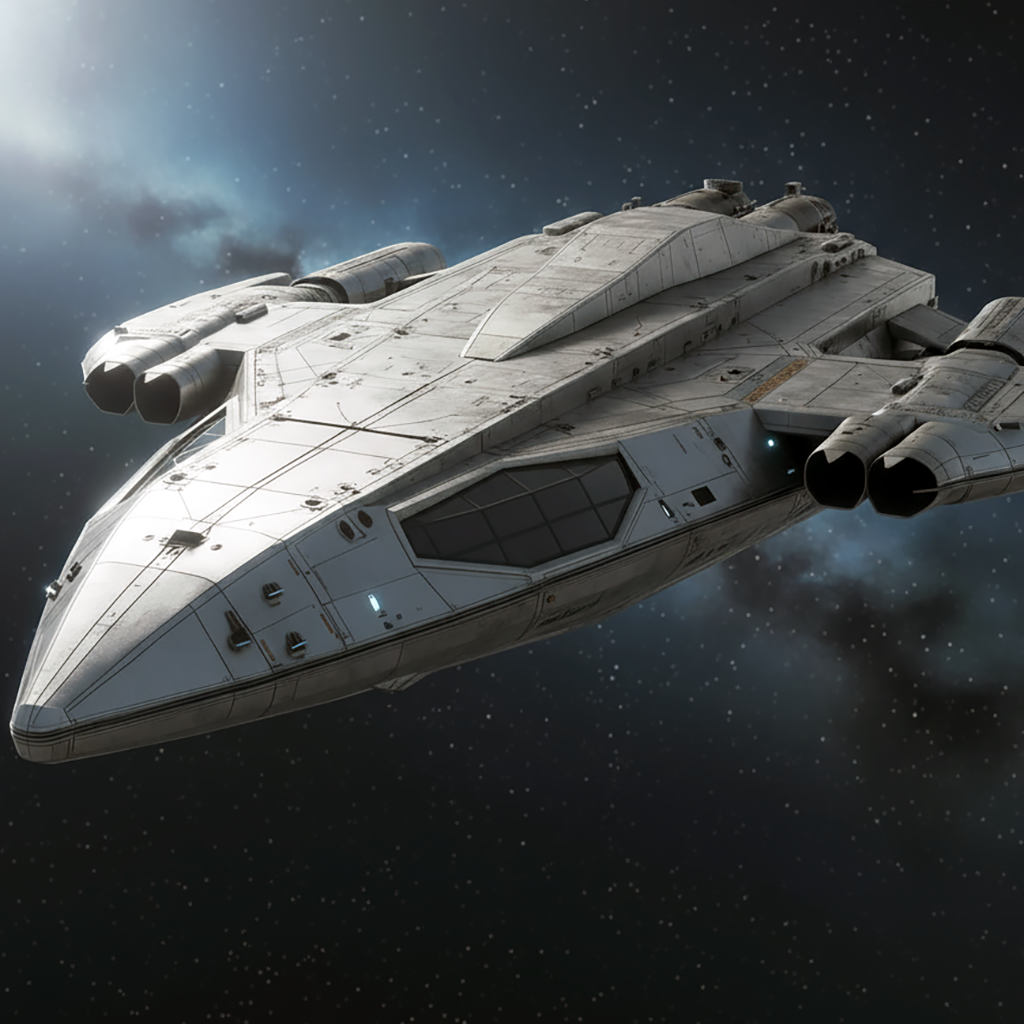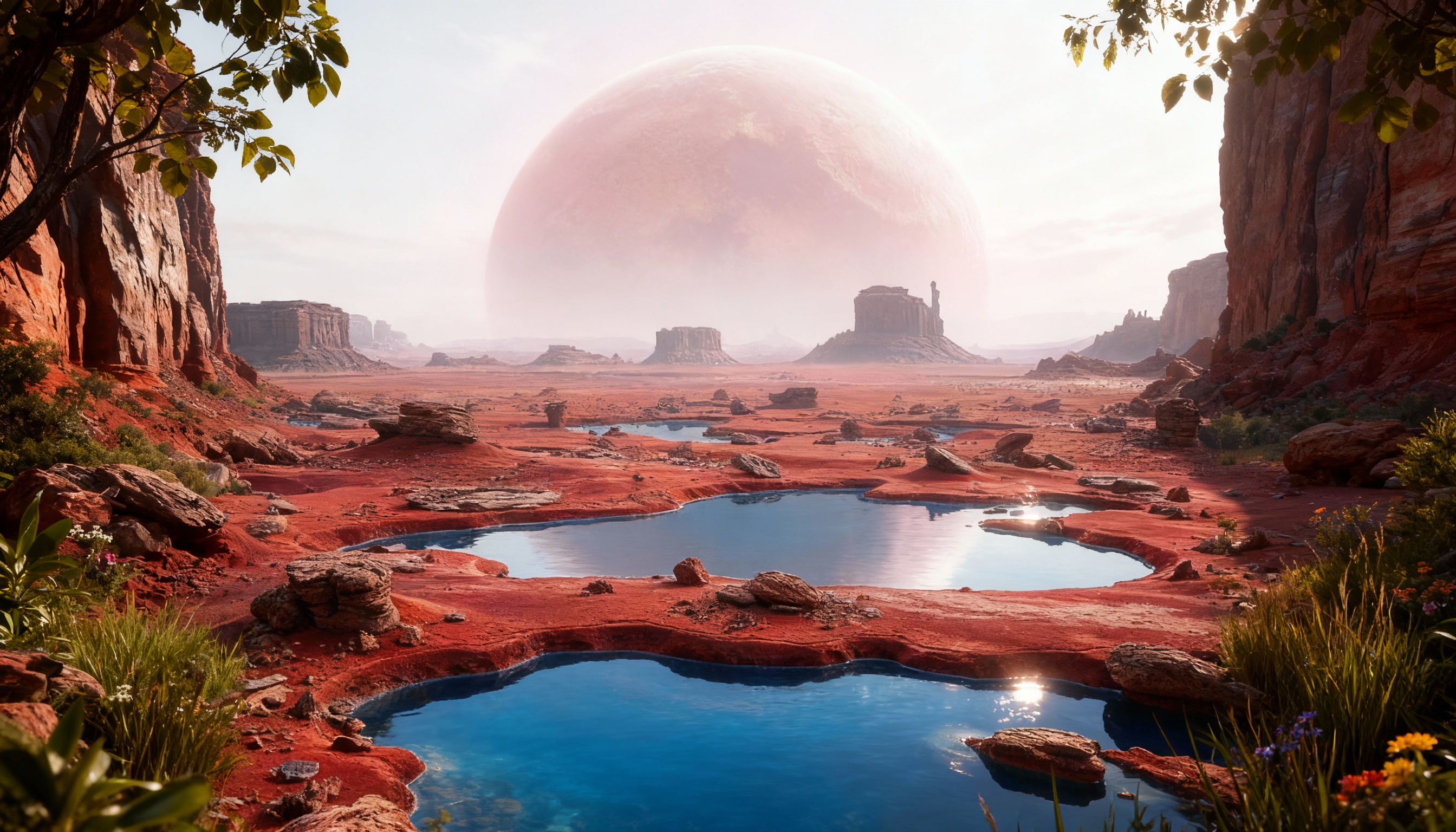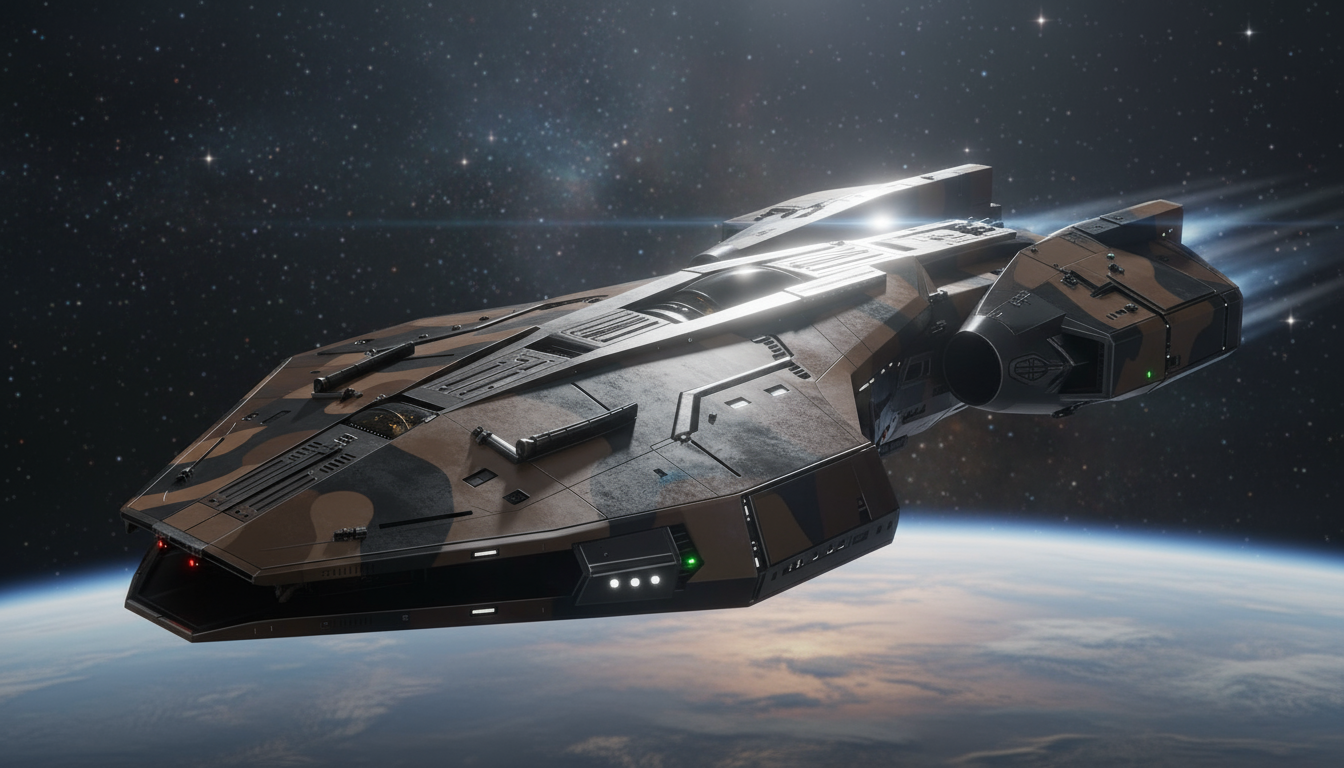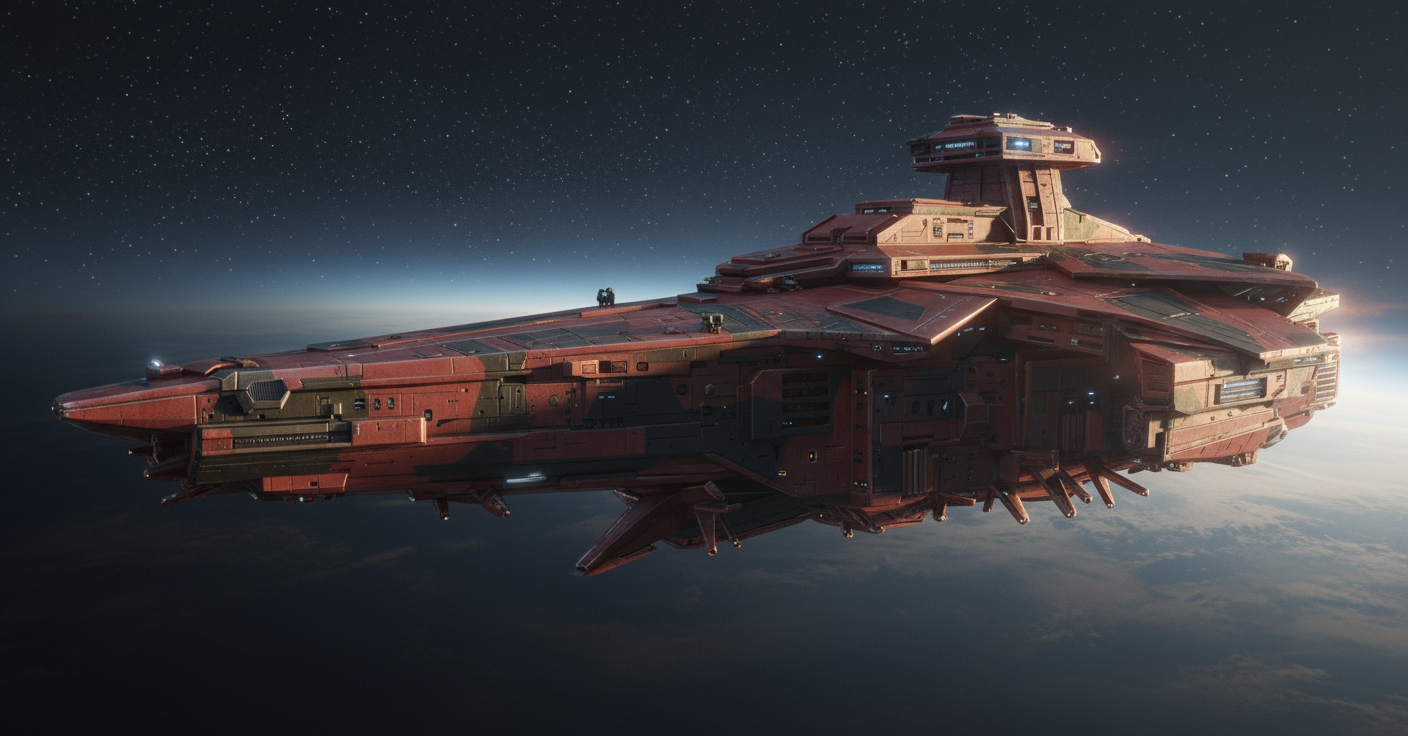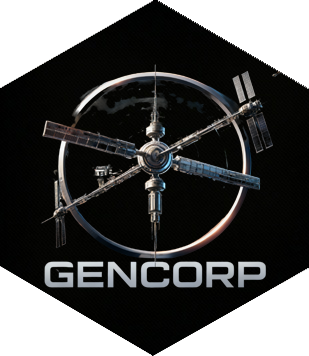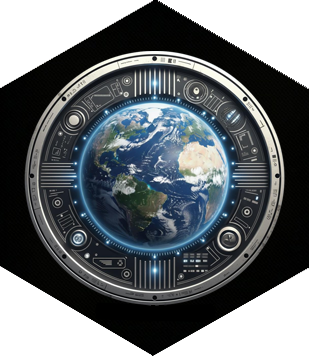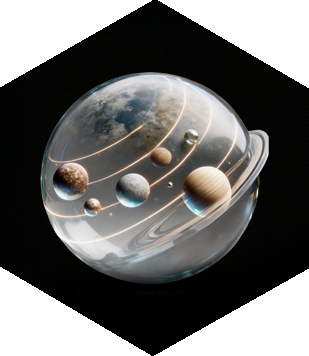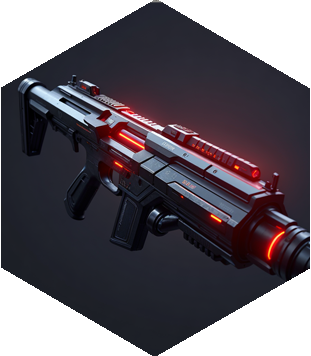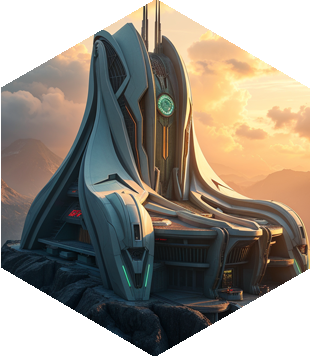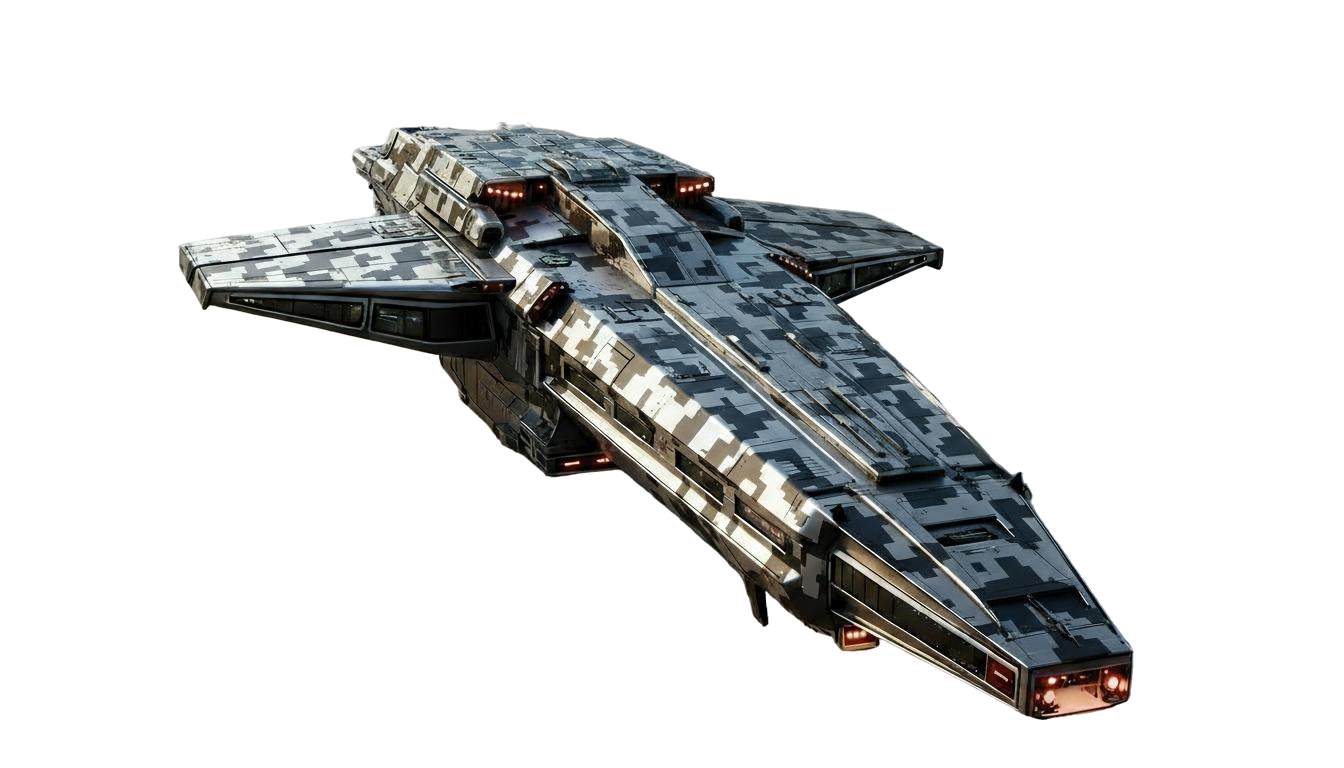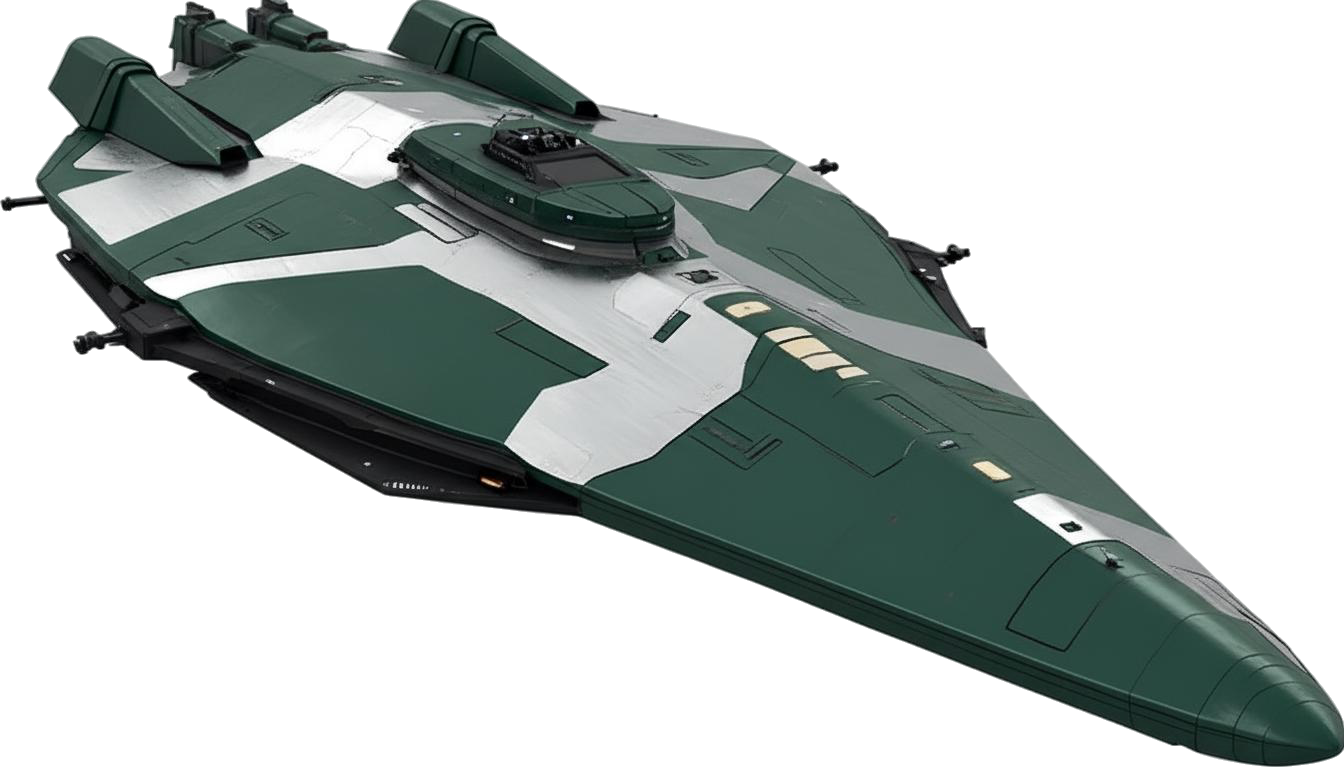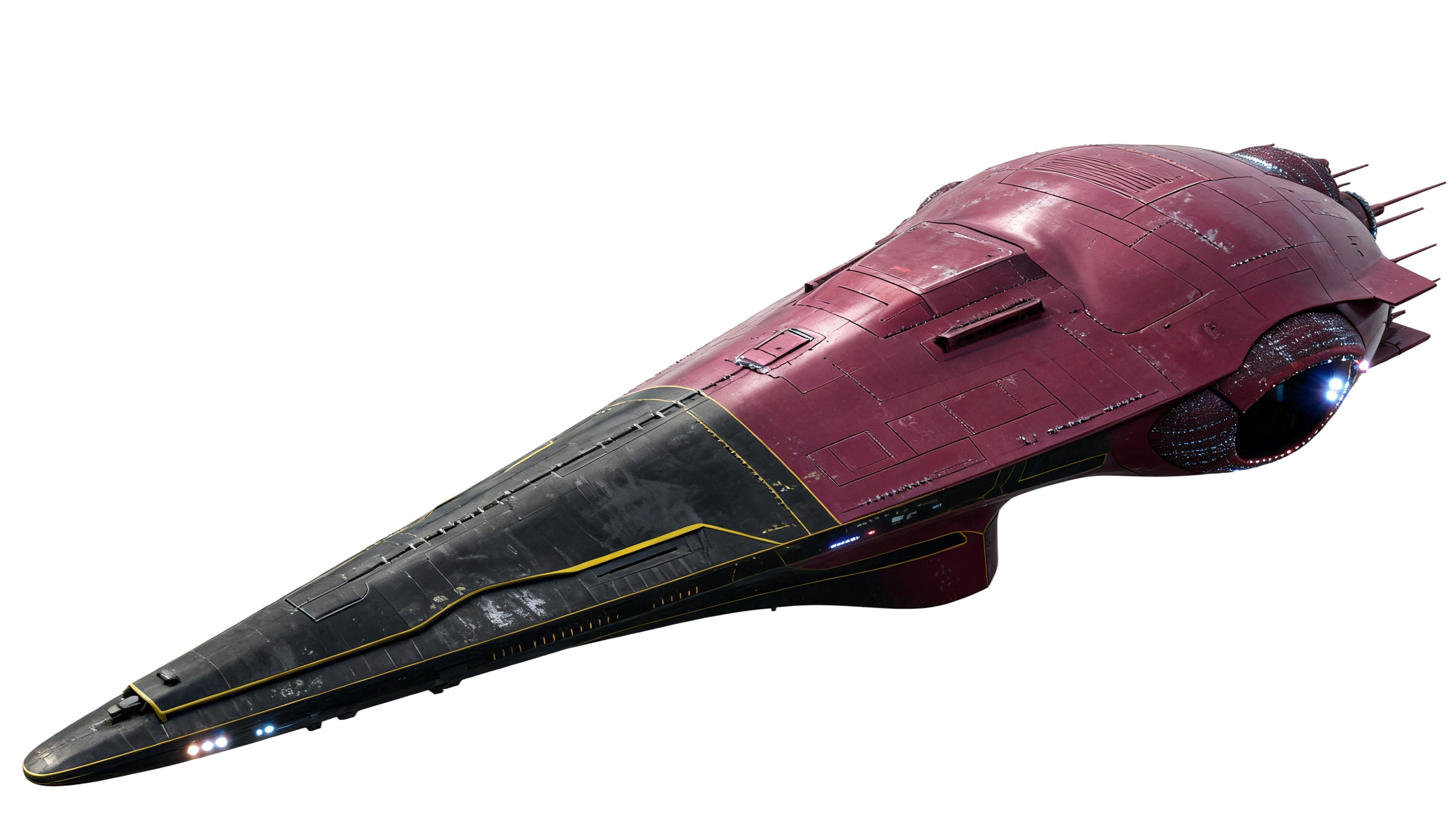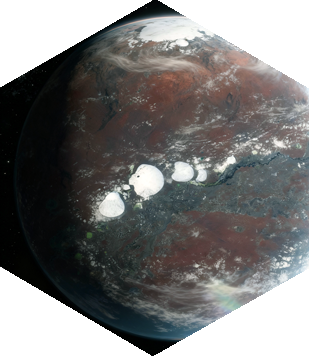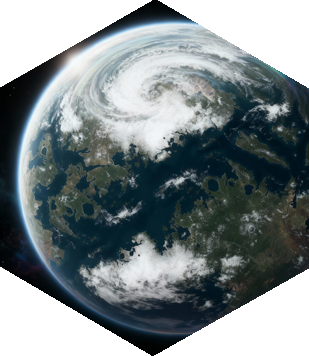Cadet Days at the MDF Academy/h2> 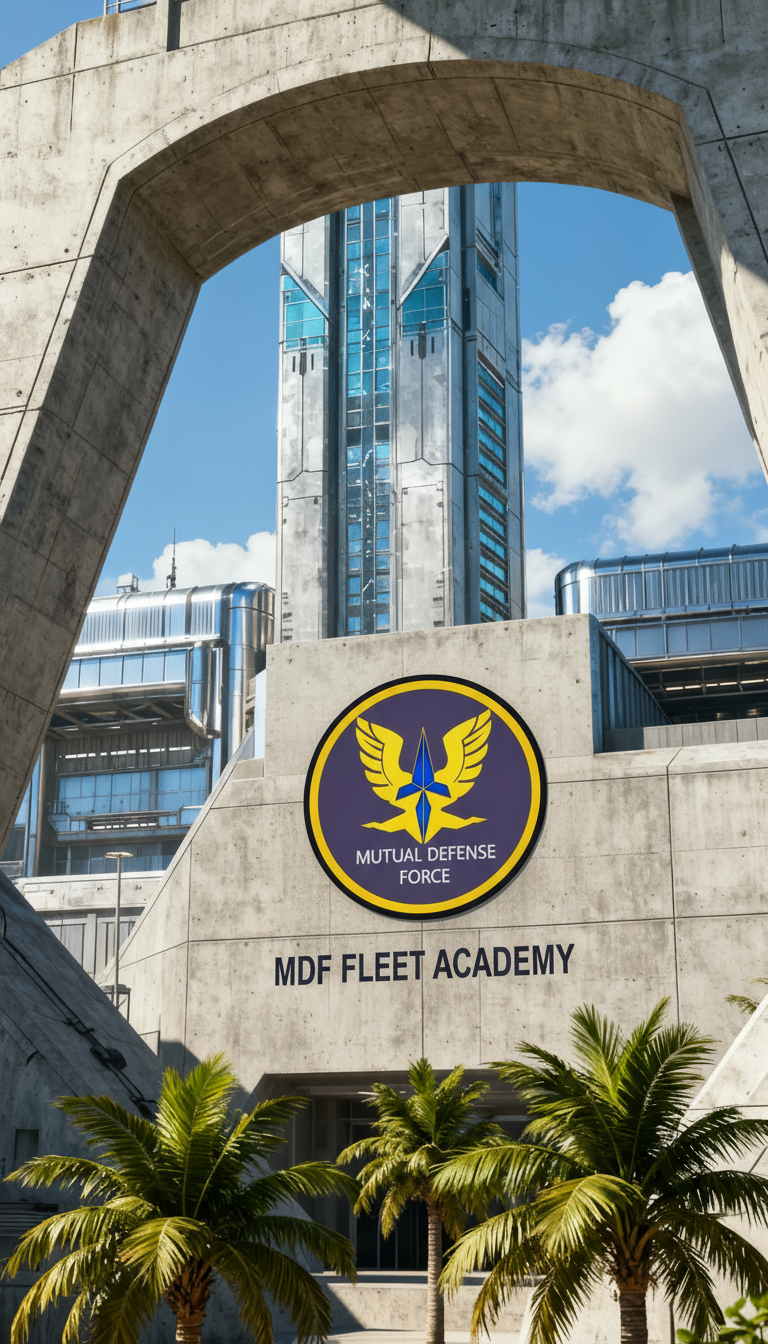
Day 1: Arrival at the Academy
Stepping off the shuttle, I felt a mix of excitement and dread. The Mutual Defense Force Academy was far beyond what I had imagined. It was enormous, a city of towers made of glass and steel that reached into the clouds. Thousands of cadets moved in formation, their precision almost mechanical. I felt like a grain of sand in a vast desert.
But I reminded myself why I was here. I am Kamau Nyaga, and I have worked for this my entire life. My mother served with the African Union Security Forces, and her stories of courage and sacrifice shaped me. Now it is my turn. As the shuttle doors closed behind me, I knew there was no turning back.
Day 3: Settling In
The Academy feels like its own world. My roommate, Aiden, is from Luna Barra. He talks about zero gravity sports and frozen landscapes as if they are normal. For him, they are. For me, life in Nairobi feels like a dream from another lifetime. Back home, mornings began with the orange sun rising over Mount Kenya. Here, everything runs on precision and timing. I barely have time to think about home, and maybe that is for the best. There is no room for hesitation here.
Day 7: First Physical Drill
Today was brutal. The instructors pushed us beyond exhaustion. The terrain simulations were like nothing I had ever seen, modeled after the harshest environments of Terra Secundus and beyond. One moment blistering heat, the next freezing wind. By the end, I could barely stand.
Aiden has an advantage from his low-gravity upbringing, but I will not let that discourage me. Growing up in Nairobi gave me something different—grit. Out there, you learn to fight for what is yours. I will need that here. The real tests have not even begun.
Day 10: Combat Simulations Begin
We started combat simulations today. The first scenario was an ambush in an urban environment. I was hit twice, and even though it was virtual, the sting was real. But the worst part was how disorganized we were. No rhythm, no coordination. We were strangers from different worlds, each with our own habits and instincts. If we want to survive the next drills, we have to change that.
I have been assigned as second in command. I will need to find a way to bring this group together.
Day 14: Nairobi Calling
Homesickness hit hard this morning. The Academy feels sterile and mechanical. I miss Nairobi—the noise, the color, the food. The canteen meals here fill the stomach, but they lack soul. I miss ugali, sukuma wiki, and the laughter of neighbors. Here, everyone seems focused only on themselves. It is lonely.
I called home. Mom’s voice reminded me of why I am here. She said to keep my head up, that this is only the beginning. I believe her, but it does not make it easier.
Day 20: Zero Gravity Training
Today was my first time in zero gravity. It was disorienting, like learning to walk all over again. Every push sent me spinning. Those who grew up in space handled it easily. I did not. I crashed into walls more than once, but I improved with each attempt. It reminded me of parkour back home—learning to trust your body in midair, to move with control. I will get there. I have to.
Day 25: Learning the Tech
We spent the day learning about field equipment. Exo suits, plasma rifles, tactical AI systems—it is a lot to take in. The instructors say adaptability is everything. At first, I struggled, but I started treating each system like a problem to solve. Aiden has been helping me with the tech side, and I am teaching him endurance and focus. We are starting to balance each other out. We are starting to feel like a team.
Day 30: The First Tactical Victory
We finally won a combat simulation. It was not easy, but we did it. For the first time, we worked as one unit. I took charge mid-battle, calling positions and directing fire. It felt right. Maybe leadership is something I can grow into. Afterward, we sat together in the mess hall, laughing and replaying the mission. Trust is everything in this life. Without it, we are nothing.
Day 35: Tactical Mistakes
Today was rough. Another ambush scenario, and we failed completely. I made a bad call under pressure, ordering a charge when we should have retreated. It cost us the simulation. Failure stings. Leadership is heavier than I expected. Back home, decisions were fast and simple. Here, every choice carries weight. I have to learn from this. I cannot let it break me.
Day 40: Communication is Key
The debrief today focused on communication. It is strange how something so simple can make or break a mission. At home, talking was second nature, but this is different. It is about clarity, precision, and timing. Aiden and I have been practicing radio codes and hand signals outside of training hours. It is progress, slow but steady.
Day 45: Overcoming Fear
Today I faced my biggest fear—space combat. The simulation dropped us into an open void, no ground, no horizon, only darkness. It was terrifying at first. But when the enemy appeared, instinct took over. I focused on my squad, on the mission, and the fear slipped away. We won the scenario. I am still uneasy in space, but now I know I can handle it.
Day 50: Combat Stress
The exhaustion is setting in. Every day brings new drills, new simulations. Sleep feels like a luxury. They say it is designed to test our limits. I am starting to understand what that means. Mom used to say that being a soldier is not about strength, but endurance of mind. She was right. I think about her every night before lights out.
Day 55: Team Building
We were sent into the wilderness beyond the Academy walls with only a map and a compass. It was a test of navigation and teamwork. It was hard, but liberating. No machines, no simulations—just us against the terrain. We relied on each other, adapted, and made it back before the deadline. By the end, we were closer than ever. This is what trust feels like.
Day 60: The Crucible Looms
The Crucible begins in a few days, and the tension is everywhere. It is the final test of our training, seventy-two hours of non-stop combat and survival. No rest, no breaks. Everyone knows it will push us to the edge. We have been reviewing tactics late into the night, running through every possible scenario. I feel the pressure, but also the anticipation. This is what we trained for.
Day 65: The Crucible Begins
We have been dropped into the simulation. It is worse than I imagined. The terrain shifts constantly—from deserts to frozen mountains—forcing us to adapt or fail. The AI enemy anticipates every move. Fatigue is our greatest threat. Still, my squad is holding together. Every second feels like a battle of will. This may be a test, but it feels real.
Day 66: The Breaking Point
Forty-eight hours in, and the cracks are showing. We are running on instinct now. Arguments flare, tempers snap, but I cannot let the team fall apart. During a simulated ambush, Aiden took a fatal hit. It shook him badly. I pulled him aside, reminded him that we need him. He nodded, silent but determined. We are almost through. Just a little longer.
Day 67: Victory, Barely
We made it. Barely. The last phase was chaos, but somehow we endured. Our final push turned the tide, and when the simulation ended, we stood victorious. The relief is indescribable. We were battered, exhausted, but still standing. We passed. We did it together.
Day 70: Reflection
It has been a few days since the Crucible. The instructors say I performed well, showing leadership under pressure. It feels good, but I know I have more to learn. Leadership is not about perfect decisions; it is about taking responsibility for them. That lesson will stay with me forever.
Day 75: Graduation Preparations
Graduation is approaching. The last months have been the hardest and most rewarding of my life. I arrived as a boy from Nairobi with dreams. Now I am a cadet of the Mutual Defense Force, ready to serve. The talk among the others is about assignments and deployment. Some are anxious. I am eager. This is what I signed up for—to protect Terra Secundus, to serve with purpose.
Day 80: Final Combat Simulations
The last simulations are complete. These are not tests anymore—they are proof that we are ready. My squad moved as one, anticipating each other’s actions without a word. The sense of unity is indescribable. This is more than training; it is family.
Day 85: Saying Goodbye
Today was difficult. Many of my closest friends are being sent to different units. Aiden will join a space patrol, while I have been assigned to a reconnaissance unit on Pittman in the 279 G Sagittari system. We promised to meet again someday. Parting is part of the life we chose. It still hurts.
Day 90: Graduation Day
Graduation. Standing in dress uniform, receiving my insignia, I felt pride unlike anything before. The ceremony was grand, with transmissions from Terra Secundus and speeches from the brass. But when I saw my mother in the crowd, everything else faded. Her eyes said it all—pride, love, and faith. The people standing beside me are no longer just classmates; they are comrades. We have shared fear, triumph, and loss. This is the beginning of everything we trained for.
Day 95: First Assignment
My deployment orders arrived. I am bound for Pittman. A forward reconnaissance post. Dangerous, yes, but exactly where I want to be. Rumors speak of strange events in that sector, but I am not afraid. The Academy prepared me for this. Whatever waits, I will face it head-on.
Day 100: Departure
The shuttle is ready. My gear is packed. The Academy lies behind me, quiet now. I feel a strange calm as I wait for the call to board. I think of who I was when I arrived—a boy full of dreams—and who I am now. I am stronger. Ready.
Whatever comes next, I will meet it without fear. This is only the beginning.
— Cadet Kamau Nyaga, Mutual Defense Force Academy
